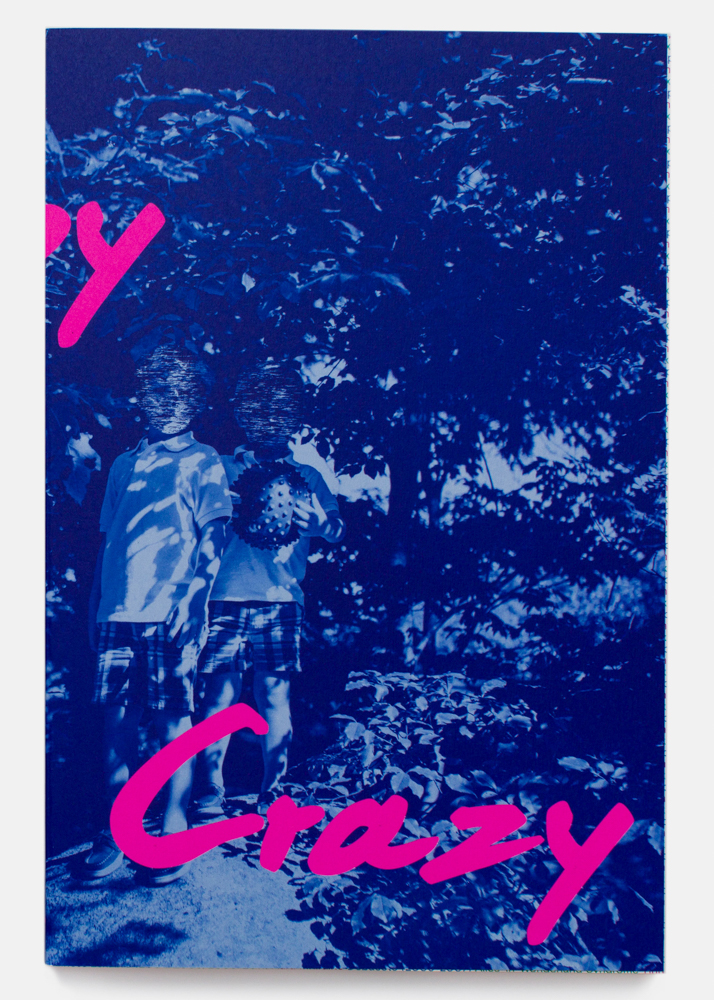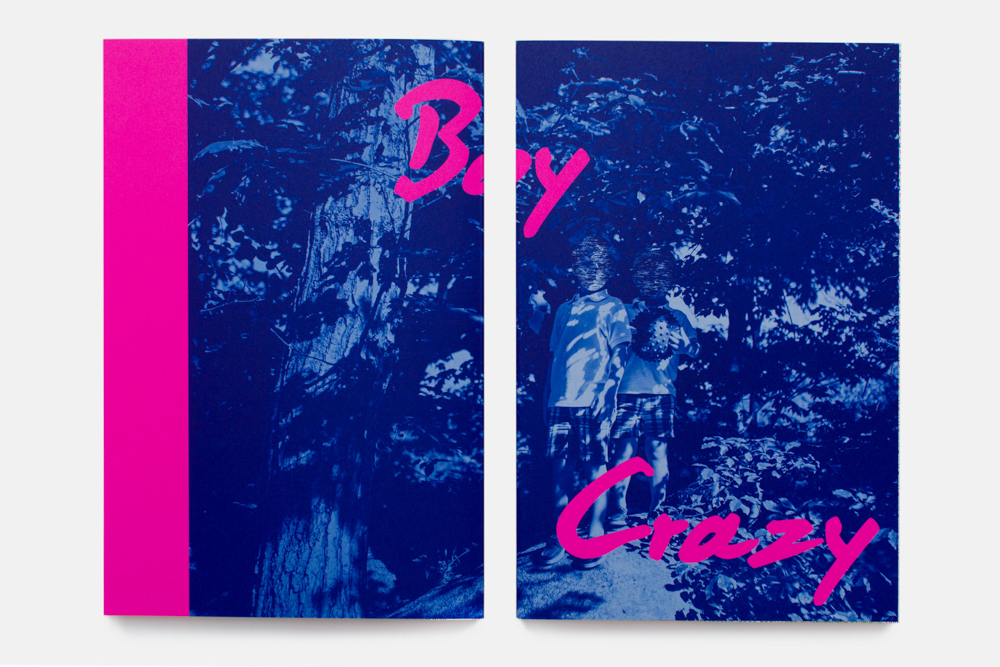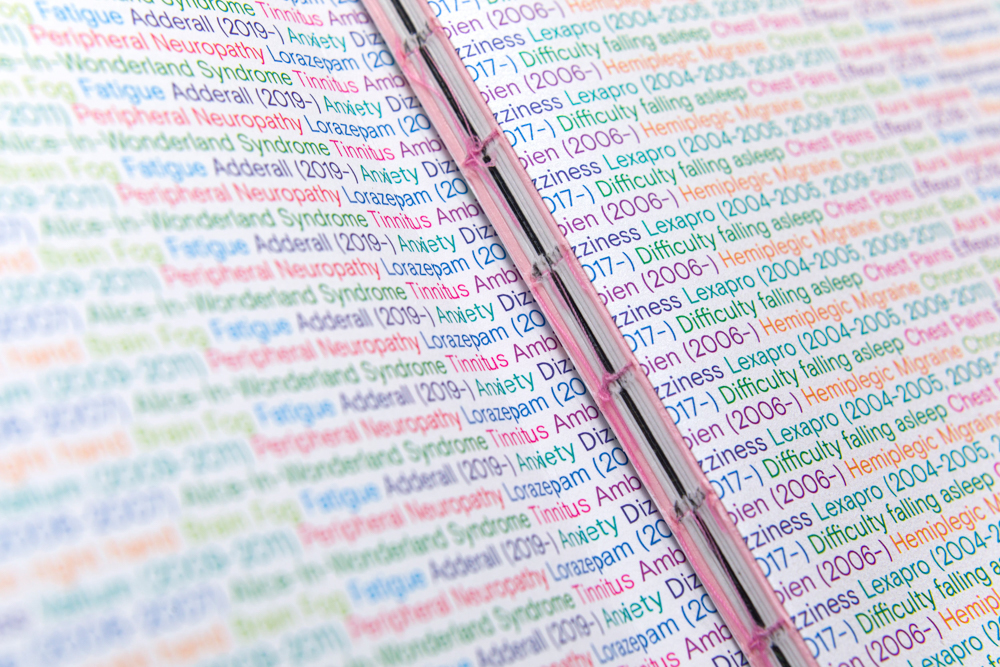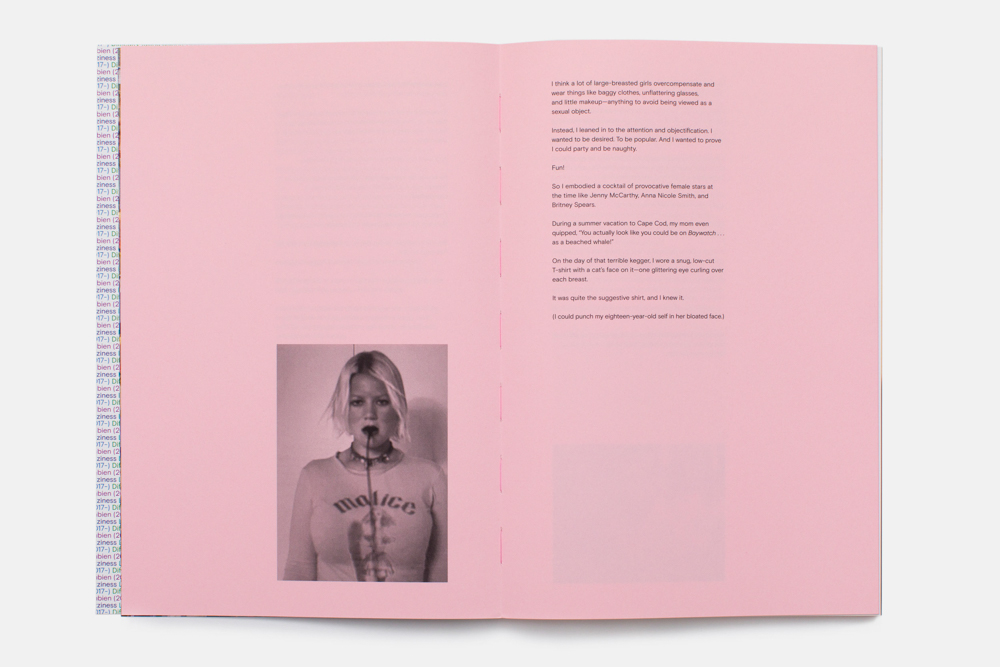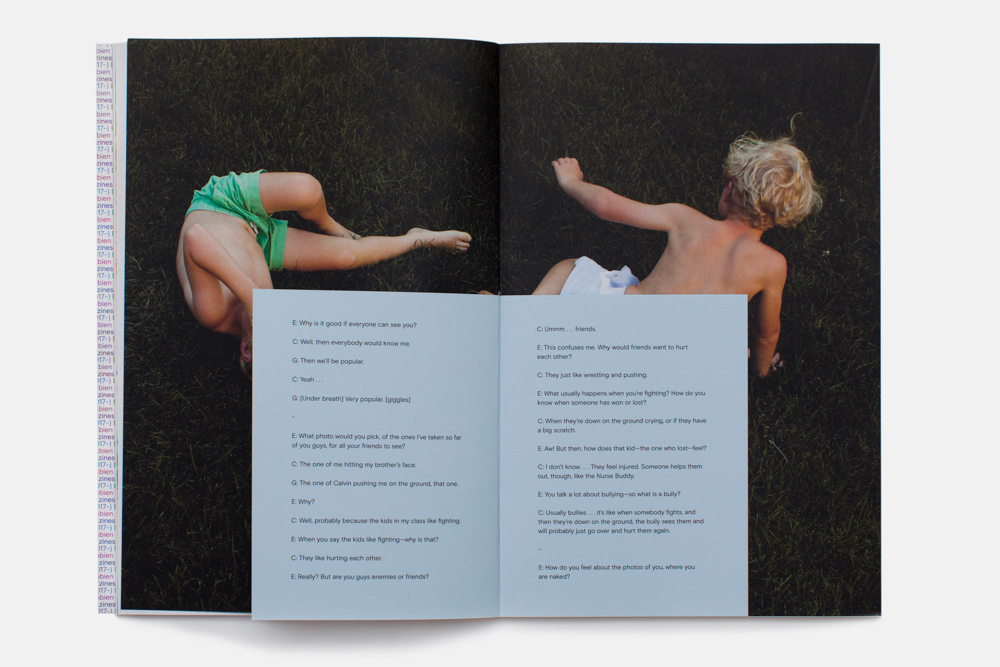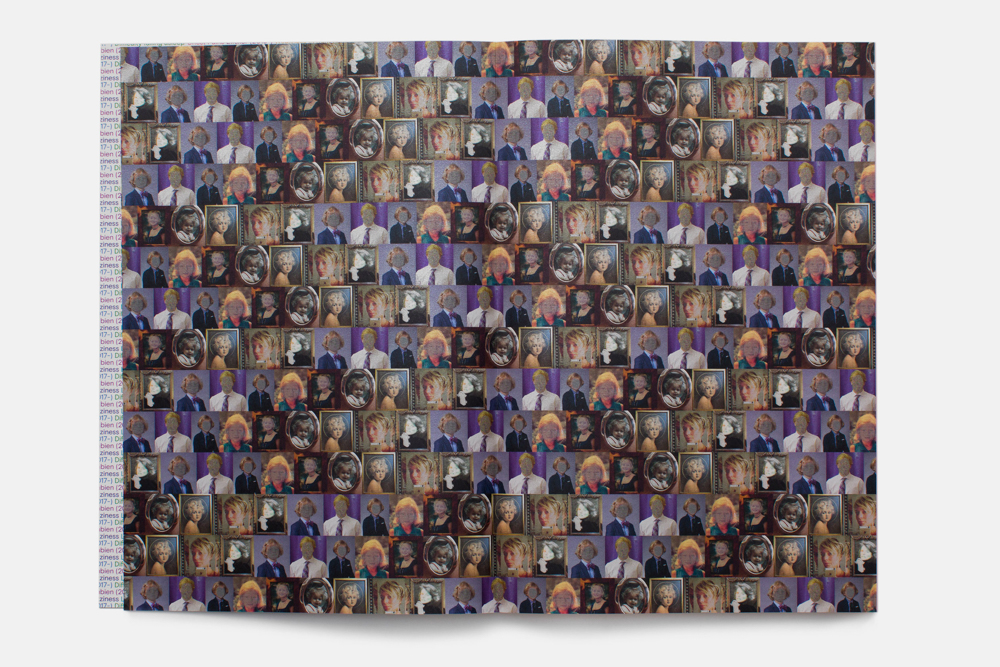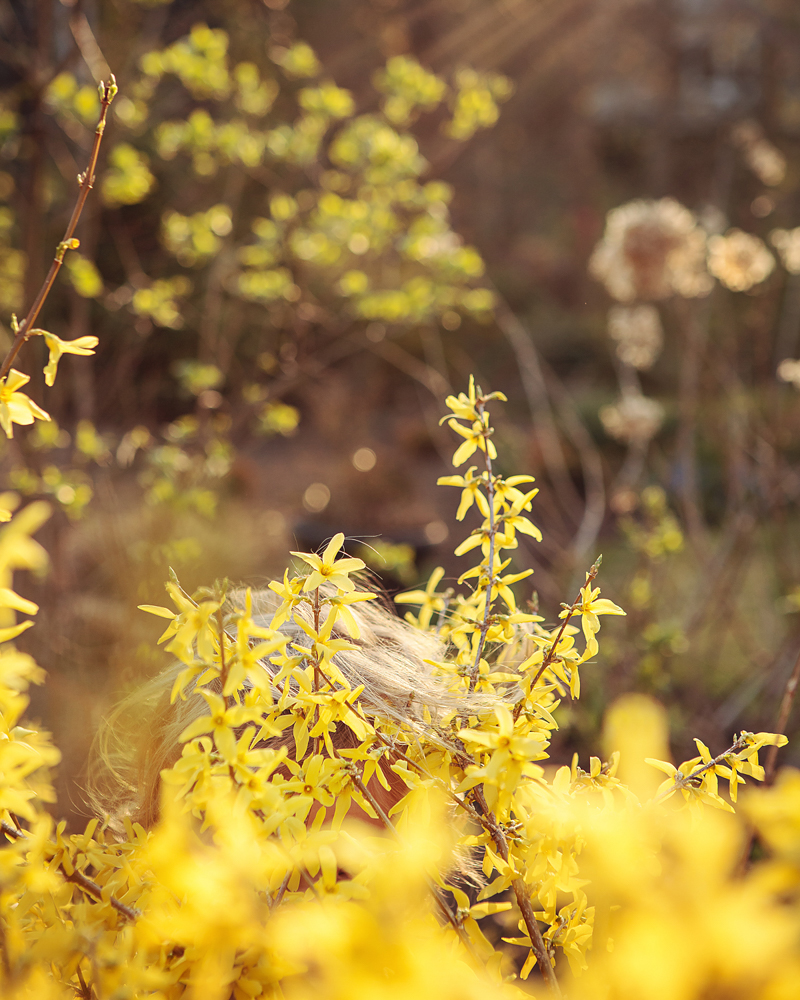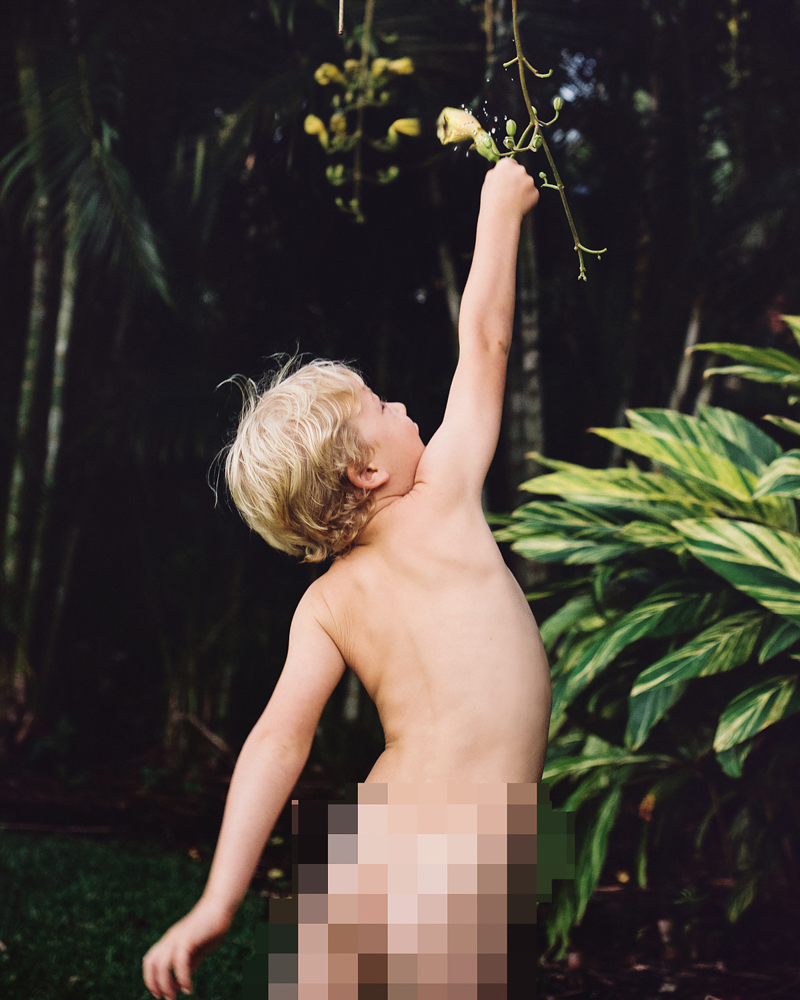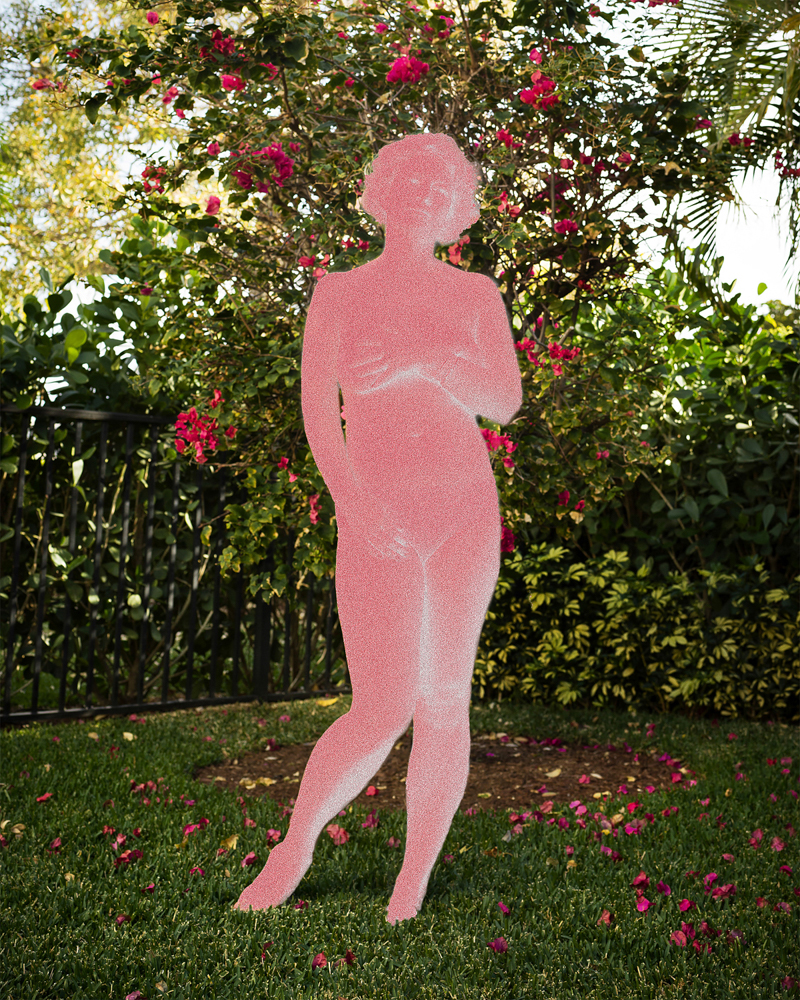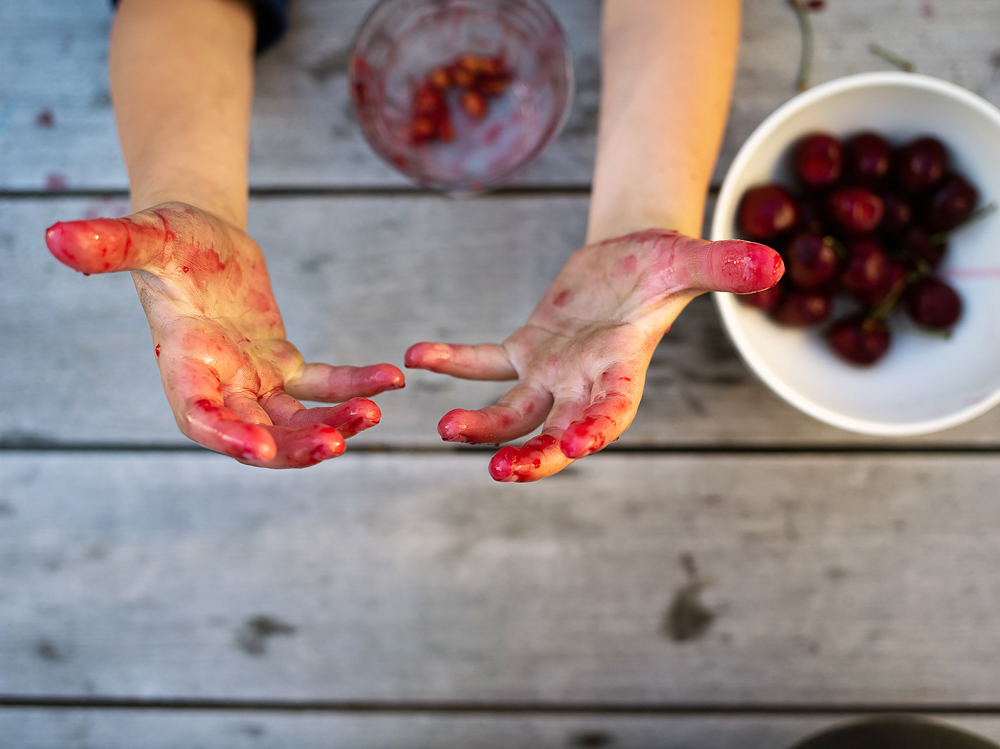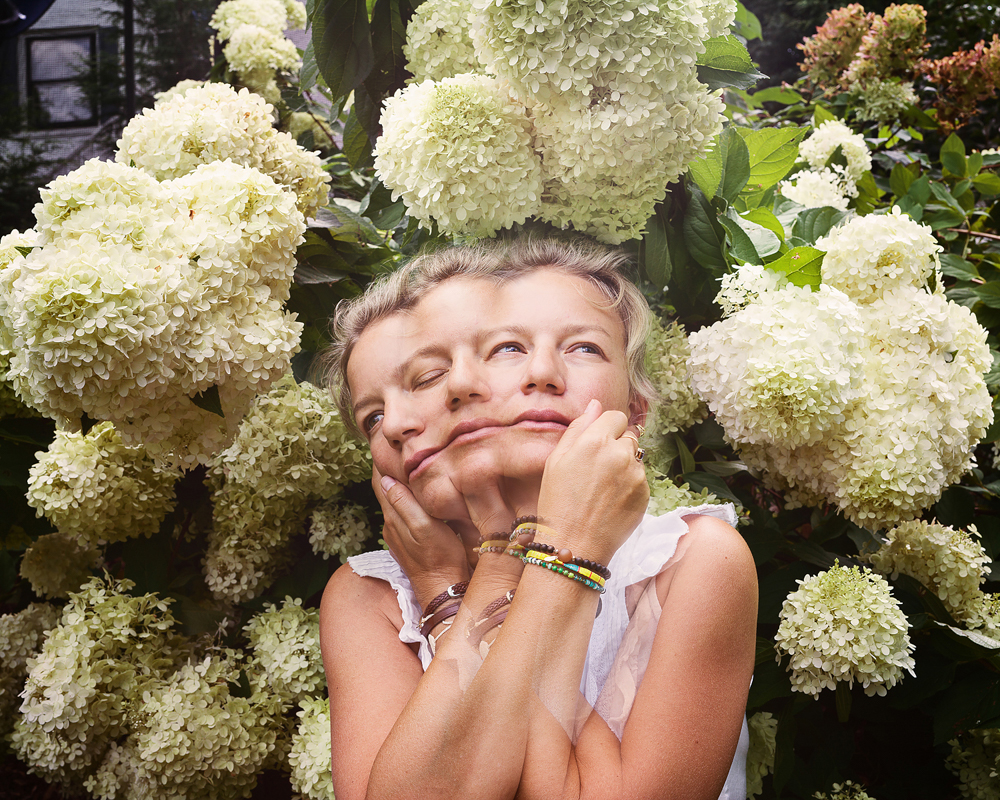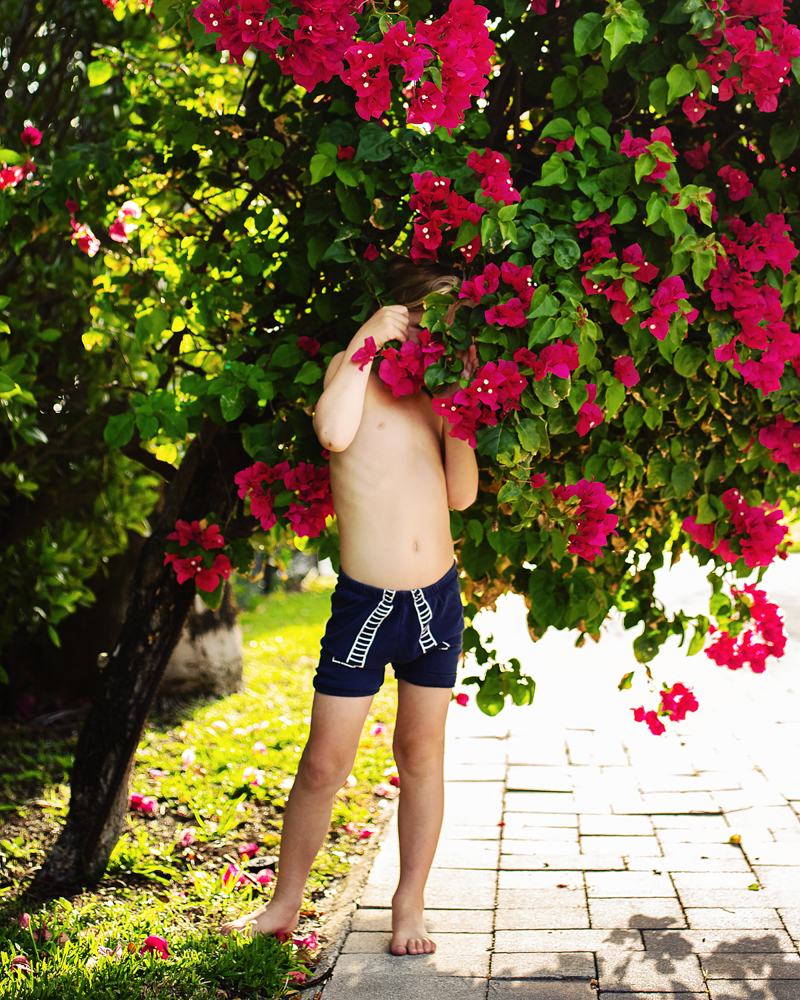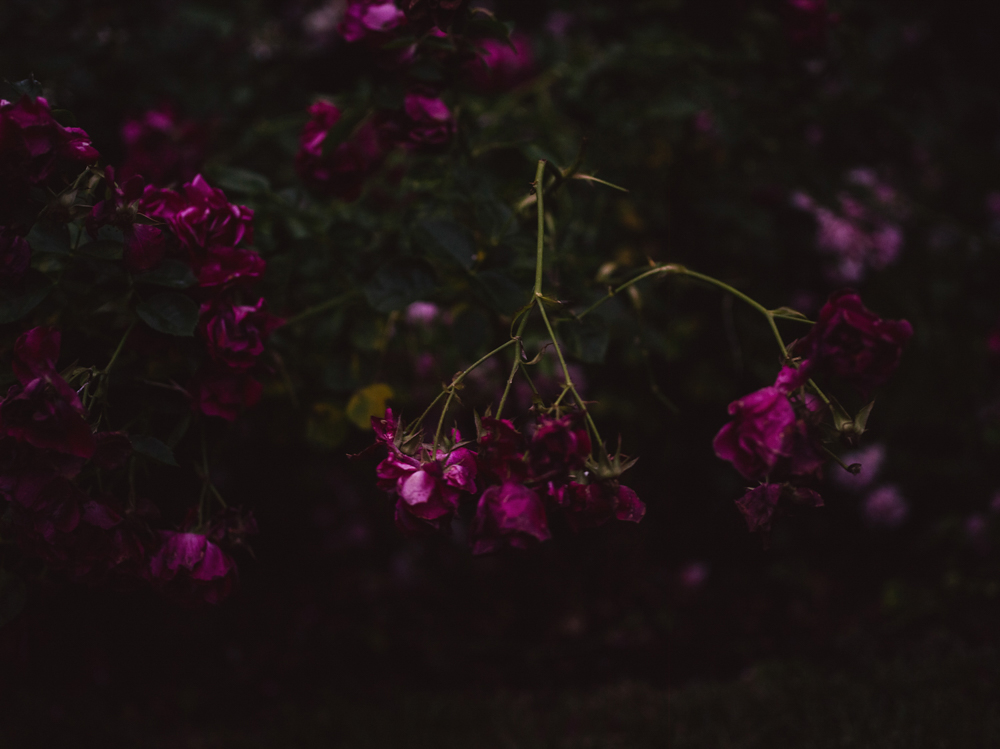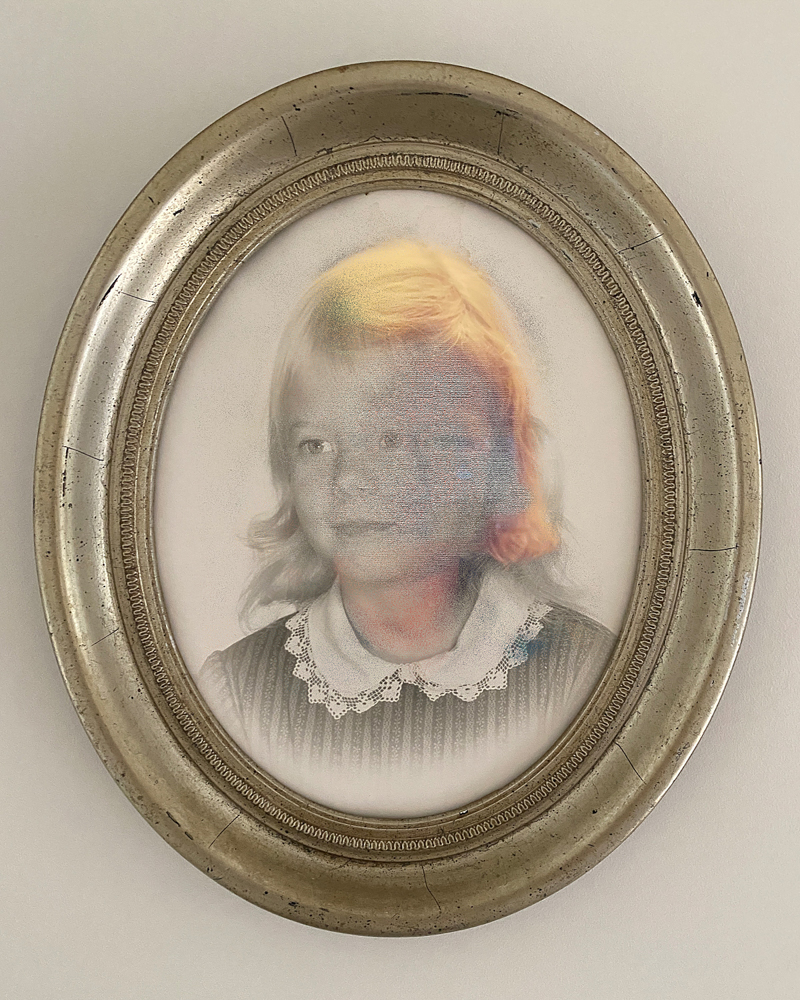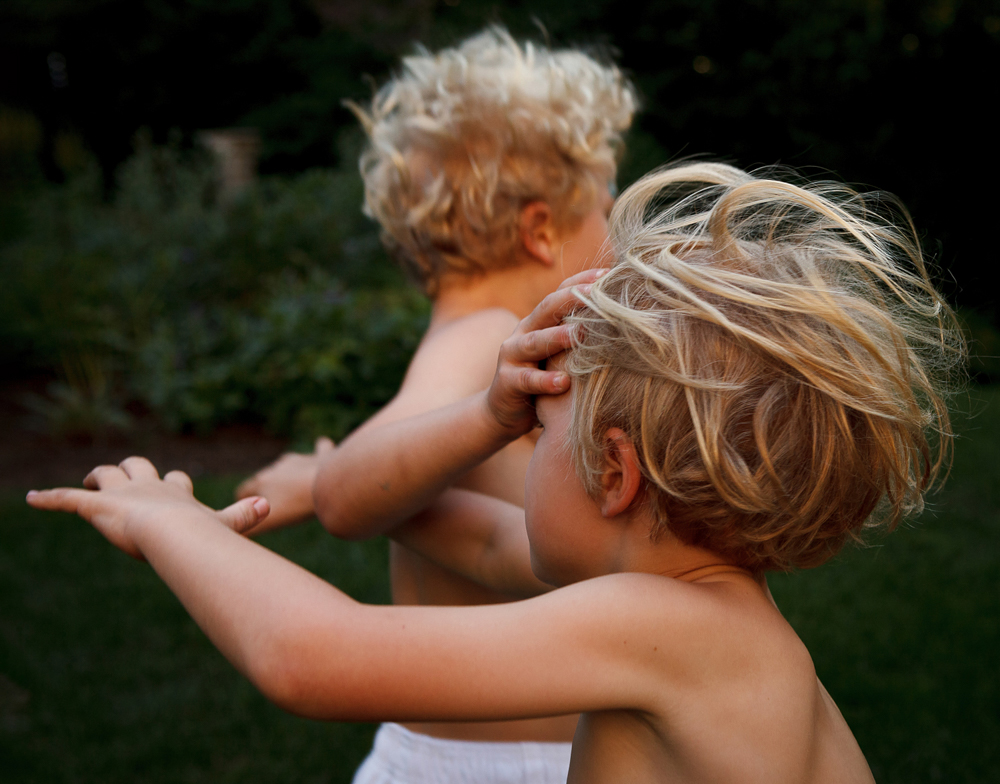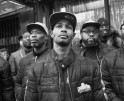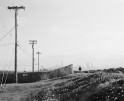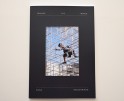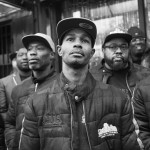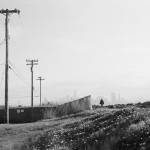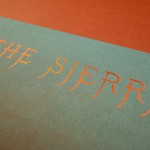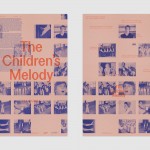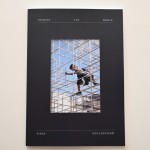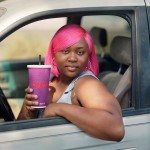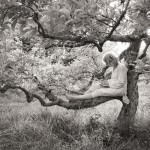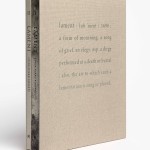Elizabeth Clark Libert: Boy Crazy
Boy Crazy, a new book by Elizabeth Clark Libert is an examination of self on so many levels. Designed by Caleb Cain Marcus through his design company, Luminosity Lab, and published by Workshop Arts, the book reflects her own growing up, her children’s childhood journey, and the effects of past traumas. She has created an innovative and significant telling of the mirrors of memories that don’t disappear over time, especially seeing her own children reflected in those dark spaces of untold and hidden stories.
Perspectives shift over time, layers of life contribute to different contexts, but the events themselves can’t be undone. With trauma, these pieces of our story can get stuck, and, as a result, our mental health can be challenged. The book consists of three parts, the middle contains color photographs of Libert ‘s two young sons interacting with daily life, independently and together, against the backdrop of an Eden-like landscape. The first and third parts of the book are textual along with self-portraits and include conversations between Libert and her sons, excerpts from communication between herself and her perpetrator, discussions and discoveries with her mother, and her own introspective narrative of then, now, and in between. Libert develops a new kind of family album—one that reconsiders stages of life through a variety of visual and contextual approaches. The artwork is vulnerable, revealing introspective and extrospective observations of relationships and cultural influences from her immediate world.
Libert will be presenting her book as part of the Griffin Museum’s Art of the Photobook programming in June, along with Caleb Cain Marcus, Rita Nannini and David Bernstein as they share The Road to Publishing.
Elizabeth Clark Libert received a BA in Fine Art from Amherst College and an MFA in Photography, Video, and Related Media from the School of Visual Arts. Her artwork has been exhibited nationally at museums, galleries, and non-profit institutions, and is in both private and public collections, including the JPMorgan Chase Art Collection and the Fort Wayne Museum of Art. Images from her MFA thesis project received the Photo District News Student Award in 2010 and the Magenta Foundation Emerging Artist Award in 2011. Print and online publications that have featured Libert’s work include T: The New York Times Style Magazine, The New Yorker’s Photo Booth column, Mockingbird, and Lenscratch. Libert serves on the boards of the Griffin Museum of Photography and several local philanthropic committees in the Boston area, where she lives with her family.
Her first book, Boy Crazy, was published in 2023 by Workshop Arts.
Follow Libert on Instagram: @zardslens
My sons are beautiful creatures, but I worry they might become monsters one day.”
Boy Crazy
I recognized this fear while sifting through snapshots of my sons. A swell of nausea hit as the face of a boy I was traumatized by in college flashed before my eyes, through my children’s faces. Their similarities in appearance and style aligned in my vision. To my horror, I realized my sons could become just like him.
‘Boy Crazy’ is the creative result of confronting painful sexual experiences from my adolescence and breaking generational trauma in an effort to become a better mother for my two sons. Through an interdisciplinary collection of new and archival photographs, diaristic text, digital collage, emails and interviews, I share a story that connects three generations and brings attention to questions regarding loss of innocence, sexual assault, and personal agency.
The experience of making this work has granted catharsis, forgiveness, and awareness. Ultimately, it planted the seeds of a fledgling confidence as a female, artist, and mother. I hope that it can help others with the same, as well as contribute to modern conversations about sexual trauma and practices for a more empathetic world.
Tell us the evolution of the project…was it something you’d been thinking about?
I started thinking about this work conceptually following the dawning of a specific awareness, a moment that I describe in the first vignette of the book. I was looking through some photographs of my son, when I experienced a somewhat nauseating flash of recognition – a glimpse of the young man who violated me in college. Following that triggering realization, I decided I wanted to photograph my two sons in a way that reflected certain anxieties I held as a mother of boys. I decided to photograph them through an ambivalent lens of wonder and fear at play, somewhat feral, amidst a lush backdrop of flora and fauna, the seasons changing, petals falling, thorns and shadows lurking. The images are symbolic – an obvious nod to Eden – but also of the sexual trauma I had experienced in my adolescence.
All the writing and other imagery (self-portraits and digital manipulations) didn’t come about until after I started the process of creating the book and realized it was important to both add more context and take on some challenging, personal work.
That said, the project probably more accurately started back in 2017 when I wrote an impulsive, barely edited, #metoo blog post. The anger that came out of me was shocking and ugly, and I didn’t want to deal with it any further at the time. But it was seeing that image of my son that suddenly triggered and sharpened a sense of greater purpose. Not just that I had to confront my past and current anxieties, but that I needed to do so creatively in order to grow as a mother and artist.
The project is so intimate and personal, it seems to be very brave (and important) storytelling…
Thank you. It helps to hear that, as I’m not sure I feel brave – it depends on the day! That said, I have been working on building self-confidence and a determined attitude in regards to discussing and sharing the work.
As more parents (and moms in particular) respond to the work, I am witnessing that challenging conversations over both sexual trauma and raising good humans still need and want to be had. And, perhaps even more poignant for me, the book continues to raise conversations with immediate family members.
How did the book come about?
I wanted to make a photo book for many, many years, and so started off my journey by taking an online bookmaking workshop with Melanie McWhorter in which we learned about the scope and range of the photobook world and developed a book proposal. I realized I wanted to work more closely with a designer in order to push the work further, and fell for Caleb Cain Marcus’s work via a presentation at the Griffin Museum. Then, after working with Caleb for a bit, he recommended I have Jonathan Blaustein (who I’d had an insightful portfolio review with beforehand) interview me to get some ideas for text to accompany the images. JB encouraged me to dig deeper into my specific parental anxiety and reason behind it. That process unleashed the raw, emotional writing, and the desire to reach out and confront one of the perpetrators. JB helped me develop a loose narrative arc, and then the three of us – JB, Caleb and I – worked as a team to connect many layers into the final, elevated form that the book is now.
It was quite the journey, with unexpected results! Looking back on it, that was perhaps the best part – the windy and thrilling process of exploring such a new venture, and then feeling wiser and more confident having made it through to the other side.
The book is so creatively designed, how much input did you have into the design, and how was it working with a book designer?
The design, layout, and structure of the book was a team effort between myself, Caleb and JB. We had many meetings, including all three of us and one-on-ones. These meetings would result in new ideas for content creation on my end, direction and editing on JB’s, and design work for Caleb.
Caleb took the lead with font, content placement, cover design, paper selection and binding. He also designed the colorful text endpages – one from the list of my medical symptoms and prescribed medications from over the years, and the other from quotations of the phone conversation I had with the perpetrator. Those designs influenced a photo collage piece I then made. So it really was this organic and evolving, collaborative work!
How was it seeing the story and images come together in such a unique way?
Oh, I’ve had some emotional, teary moments. Sometimes doubt and fear bubble up, but for the most part I’m overcome with amazement, pride, and gratitude.
How do you plan to expand it in exhibition?
I recently took a certain master class with a certain amazing artist mentor in which I developed an exhibition proposal. The goal is to translate the various mediums and storylines from the book into a layered, physical and emotional experience. To do so, I plan to incorporate a range of print sizes and final presentation styles. I’m also currently at work on incorporating animation and sound to one of the images, with the aim to have it projected.
Conversations have begun to percolate with several schools and venues that have interests in art, psychology, women and gender studies, creative writing, and wellness. There may be a few leads – check back soon!
Where can we buy the book?
Luminosity Lab, is the Brooklyn design practice of Caleb Cain Marcus. They are engaged in ongoing partnerships with artists, curators, publishers, and institutions. They collaborate with thinkers and creators to broadcast their passions.
@luminositylabdesign
@calebcainmarcus
Posts on Lenscratch may not be reproduced without the permission of the Lenscratch staff and the photographer.
Recommended
-
Andrew Lichtenstein: This Short Life: Photojournalism as Resistance and ConcernDecember 21st, 2025
-
Andrew Waits : The Middle DistanceDecember 20th, 2025
-
Aaron Rothman: The SierraDecember 18th, 2025
-
Eli Durst: The Children’s MelodyDecember 15th, 2025
-
Kinga Owczennikow: Framing the WorldDecember 7th, 2025

